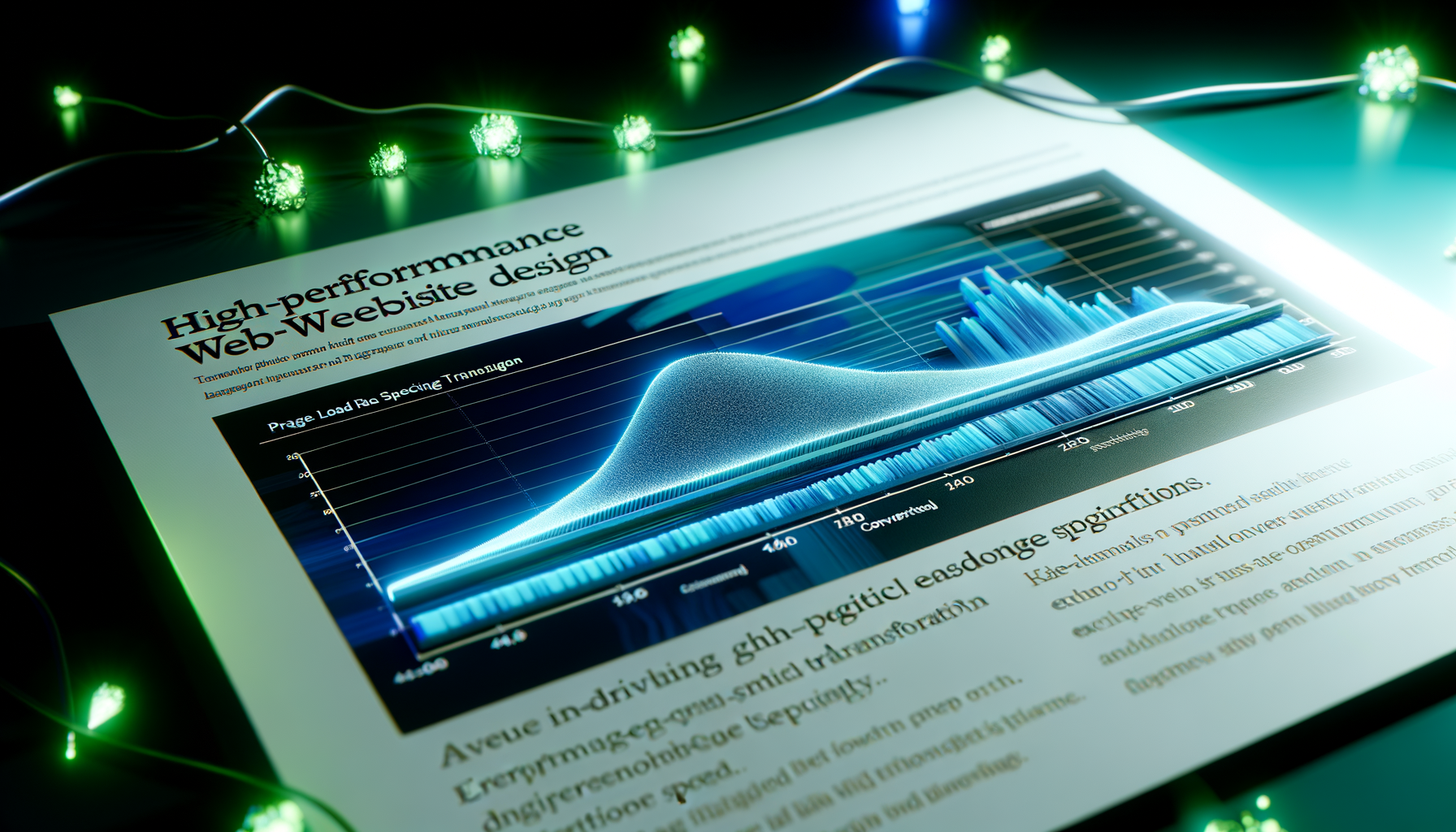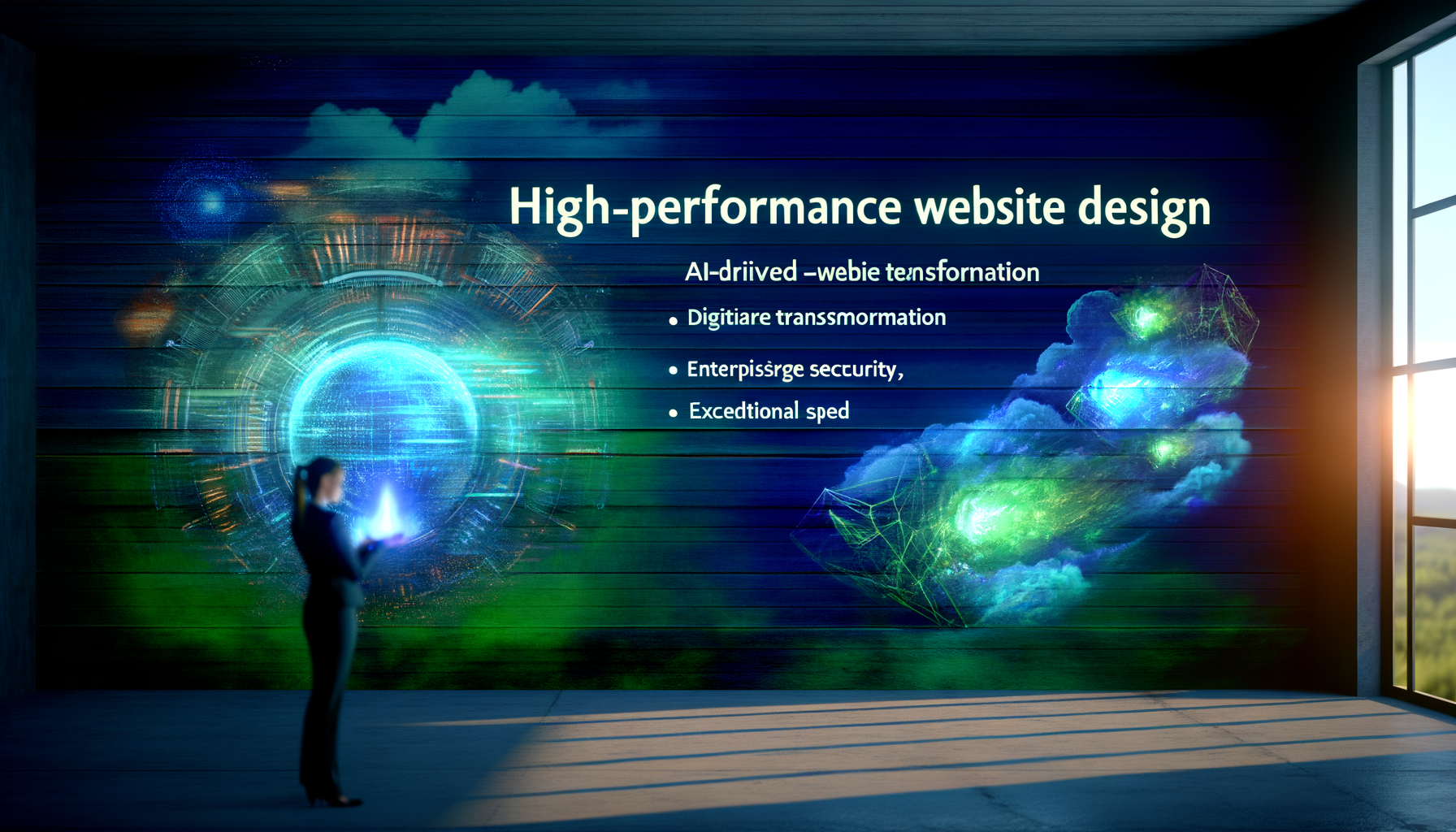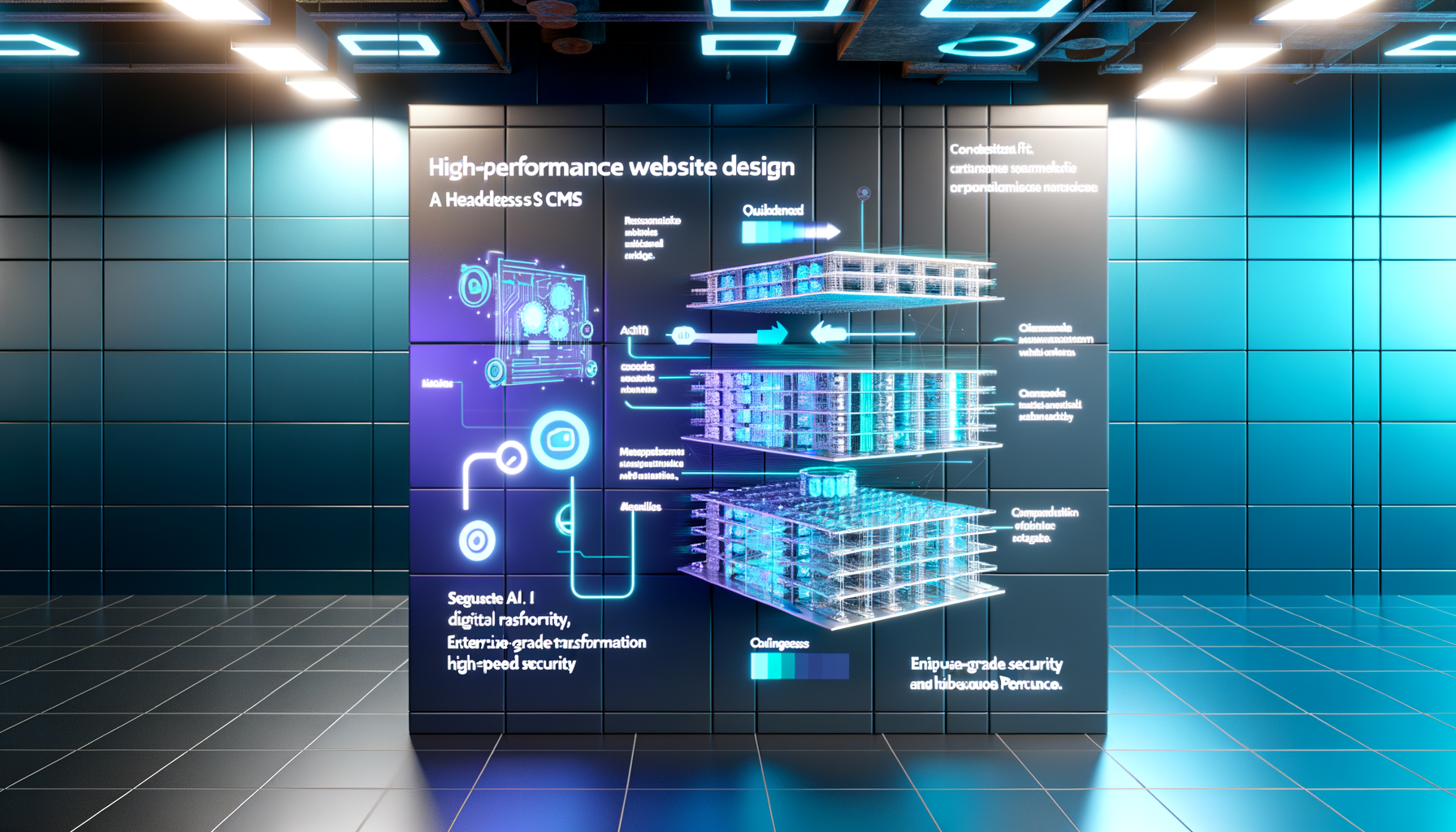Did you know that a one-second delay in page load time can lead to a 7% reduction in conversions? In 2025, high-performance website design isn't just a luxury—it's a necessity for businesses aiming to stay competitive. This guide will unveil the secrets to achieving sub-second load times, integrating AI, and leveraging headless CMS to enhance your digital presence.
Introduction to High-Performance Website Design
Why Speed Matters

Diagram illustrating website speed optimization techniques.
In the digital age, speed is everything. Users expect seamless interactions and instant content delivery. A slow website not only frustrates users but also impacts SEO rankings.
High-performance website design involves optimizing all aspects of a site—from server configuration to front-end code. The goal? Deliver a lightning-fast, engaging user experience.
This section will explore the critical elements of modern website design that ensure your business stays ahead of the competition.
QUOTE
According to Google, 53% of mobile users abandon sites that take longer than 3 seconds to load.
The Role of Sub-Second Load Time
Performance Benchmarks

Graph showing trends in page load speed versus conversion rate.
Achieving sub-second load times can significantly improve user satisfaction and conversion rates. Industry benchmarks suggest that fast sites see higher engagement and lower bounce rates.
Optimizing elements like image compression, caching, and asynchronous loading can drastically reduce load times.
Businesses need to regularly test their websites using tools like Google Lighthouse to ensure they meet performance standards.
LIST
- •Image optimization
- •Code minification
- •Effective caching strategies
AI Integration for Superior Web Performance
Harnessing Machine Learning

Illustration of AI-driven website features enhancing user experience.
AI is transforming how websites operate by enabling personalized user experiences and predictive analytics.
Integration of AI can enhance website performance through capabilities like automated content recommendations and dynamic load balancing.
Quicklook's expertise in AI can help your business leverage these technologies to create more intelligent and responsive web platforms.
CALLOUT
AI-driven suggestions can increase user engagement by up to 30%.
Responsive Design and User Experience
Best Practices for 2025

Team collaborating on responsive web design layouts.
Responsive design ensures that your website functions flawlessly across all devices, from desktops to smartphones.
In 2025, a responsive design is not just about fitting screen sizes but also adapting to user preferences and contexts.
Implementing flexible grids and layouts, and utilizing CSS media queries, are essential practices for modern responsive design.
LIST
- •Flexible grid layouts
- •CSS media queries
- •Adaptive images
Leveraging Headless CMS and Progressive Web Apps
Future-Proof Your Tech Stack

Schematic of headless CMS architecture.
Headless CMS decouples the backend from the front-end, allowing for greater design flexibility and faster load times.
Progressive Web Apps (PWAs) offer app-like experiences on the web, combining the best of web and mobile apps.
Implementing a headless CMS and PWAs can future-proof your website, providing scalability and enhanced performance.
CALLOUT
Headless CMS can improve load times by up to 50% by optimizing content delivery.
Frequently Asked Questions
QWhat are the key elements of high-performance website design in 2025?
QHow does AI integration enhance modern website performance?
QWhat role does responsive design play in optimizing website speed and user experience?
Conclusion
High-performance website design is essential for businesses aiming to succeed in the digital landscape of 2025. By focusing on speed, AI integration, responsive design, and advanced architectures like headless CMS, companies can deliver superior user experiences.
Future Vision
Staying ahead requires embracing cutting-edge technology and strategic foresight.
Schedule your AI audit with Quicklook.
